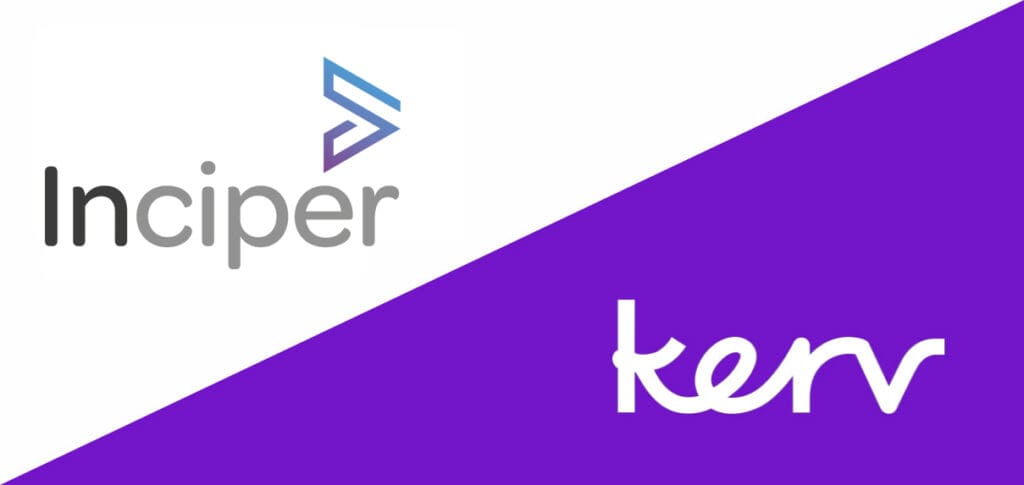
David Lewis
Marketing Manager|Kerv Transform
Have a question?
Get in touchPublished 03/10/23 under:
Cloud transformation has become a crucial step for organisations looking to modernise their operations, improve efficiency, and embrace remote working.
However, many companies find themselves overwhelmed with the complexity of the process, struggling to decide on the best method of transferring legacy systems to the cloud whilst minimising disruption to their teams.
In reality, cloud transformation doesn’t have to be so complicated. At Kerv, we work to a simple strategy that we find streamlines every aspect of our clients’ cloud transformation journeys: ‘start with the workplace’.
Lead with your users
When embarking on a cloud transformation journey, it’s easy to get caught up in the technical aspects of the process. However, the key to successful transformation lies in putting your users at the forefront of the strategy.
Understanding how your employees work currently, and how they would prefer to work in the future, can tell you everything you need to know about the direction your cloud transformation should take, and what your finished environment should look like.
Rather than diving straight into the technology, take the time to gather feedback from your teams. Where and when do they work? Are they always on, or strictly 9-5? Are they using company laptops, or switching between a variety of company-owned and personal devices? What software and tools do they rely on to get their day-to-day work completed?
For some users, issues like network downtime and outdated devices might be obvious, but others may be dealing with more subtle inefficiencies in their daily tasks. Be prepared to do some prodding to get to the heart of what makes your end users tick. As you’re doing this, take note of any outliers: if you have in-house developers or other “power users”, their needs are likely to be markedly different to customer service or administration teams.
By leading with your users and understanding their unique requirements, you can tailor your company’s cloud transformation to better suit their needs, ensuring you lead with the changes likely to drive the biggest impact to their efficiency, and in the process boosting both end user satisfaction and business performance.
Start with the biggest impact areas
Once you have an understanding of how your organisation is functioning day to day, it’s time to break out the Pareto Principle. While you’ve likely discovered a huge range of different use cases and individual requirements as part of your investigations, eighty percent of the impact of your cloud transformation is likely to come from twenty percent of the work.
If you start your cloud transformation with the software your team use eighty percent of the time, you’ll maximise your quick win improvements, and ensure that what’s left behind is, as far as possible, the small stuff.
Lean on Microsoft for a smooth transition
For the majority of companies, it’s likely that this Pareto Principle functionality is covered by Microsoft 365. Embracing these features as the foundation of your cloud strategy can make for a smooth transition, allowing you to tick a huge number of boxes for your end users with a single out of the box solution.
Even if you’re already using a different provider, it’s worth investigating whether a suitable alternative product is already bundled as part of Microsoft 365. For example, Azure virtual desktops can replace expensive third-party solutions for simpler implementations, saving costs without sacrificing performance, while Microsoft’s security products can often replace the need for additional security tools, streamlining your tech stack and reducing complexity.
By adopting Microsoft 365 features as the starting point for your cloud transformation, you can build upon a solid foundation that aligns seamlessly with your organization’s existing workflows, with minimum complexity. This approach simplifies the overall transformation process and ensures that your employees can fully utilize the tools at their disposal.
Working with what’s left
Of course, simply implementing Microsoft 365 is unlikely to address every use case within your business – if you’re reliant on an industry-specialist software platform or have a customer solution you need to deploy, this will be next on the list.
However, we find that Microsoft 365 covers a significant number of use cases for many of the clients we work with, allowing them to port a significant chunk of their business operations to the cloud as simply as possible, and freeing up time to focus on more specialist requirements.
Keep it simple with user focussed transformation
Cloud transformation doesn’t have to be an overwhelming and complex process. By starting with the workplace and prioritising user needs, you can simplify the journey and ensure that the cloud transformation aligns with your organisation’s unique requirements. Leading with your users allows you to identify pain points and quick win areas early, ensuring that your transformation workflow demonstrates its value from the outset and smoothing the way for more complex or painful long-term changes.
At Kerv, we believe in making cloud transformation simple. Our expert team can help you navigate the complexities, create a user-focused strategy, and ensure a smooth transition to the cloud.
To learn more about how Kerv can guide you through your cloud transformation journey, get in touch today.
Have a question?
"*" indicates required fields






